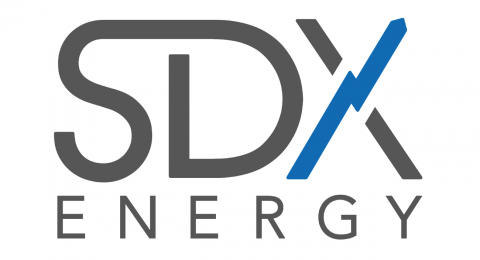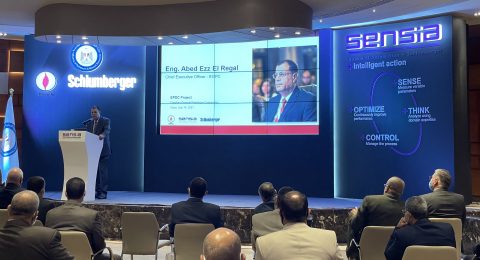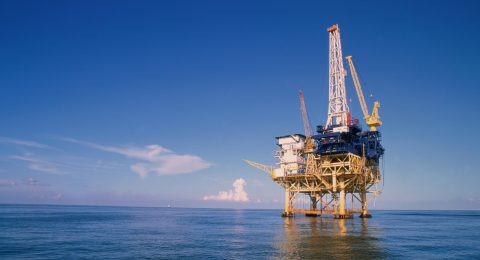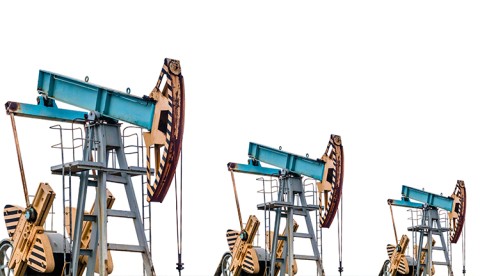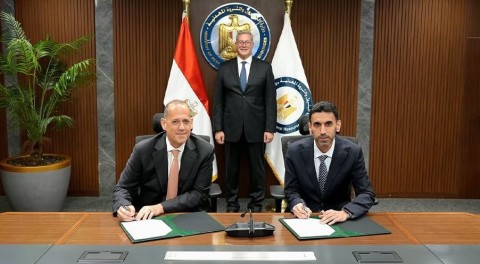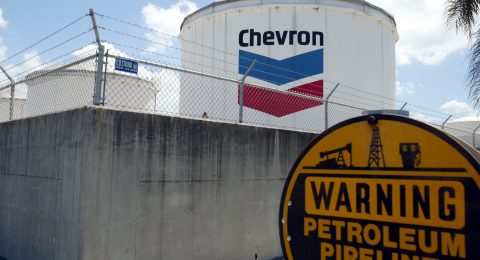Following the successful drilling campaign offshore Senegal in 2014, FAR Ltd, ConocoPhillips, Cairn Energy (the operator of the licence) and Petrosen (the government of Senegal) are planning a first phase work programme to evaluate the SNE-1 and FAN-1 discoveries
The development concept outlined by the operator for a SNE field development consists of a standalone floating production, storage and offloading (FPSO) facility hub with potential to integrate nearby discoveries.
The work programme includes two wells to appraise the SNE-1 discovery and one exploration well likely to assess a “shelf” prospect.
The programme will also include further evaluation of the FAN-1 discovery and a new 3D seismic survey over a part of the contract area including a portion of the Sangomar and Rufisque blocks.
An evaluation work programme will be submitted to the government of Senegal in May 2015.
The SNE-1 and FAN-1 wells were the first exploration wells to be drilled in the deepwater offshore Senegal, and were the first to be drilled offshore Senegal for 26 years. As a result, these two wells were highly significant, not only because they discovered oil but, because they have provided key data to update pre-drill geological models and have given strong encouragement that further exploration drilling could result in more discoveries.
To this end, and since the Notice of Discoveries was submitted to the government in November 2014, the joint venture has progressed detailed analysis of SNE-1 and FAN-1 well data, extensive geological studies and modern 3D seismic reprocessing.
Based on the size of the SNE-1 oil accumulation (gross, best estimate contingent resource 330 mmbbls), excellent reservoir properties, known oil and gas column height and confidence in the mapping of the structure on 3D seismic data, SNE is the more attractive discovery for early evaluation and will be the initial focus of the joint venture’s evaluation work programme.
Cairn, the operator, anticipates that two appraisal wells will be drilled and the reservoir will be flow tested and cored in the first phase evaluation programme. The objective of appraisal drilling is to confirm the reserves and productivity required for a commercial development.
The minimum economic field size for a standalone development is estimated by Cairn, the operator, to be approximately 200 million barrels.
Exploration wells are expected to focus initially on shelf prospects.
Such prospects have the potential to contribute to building a larger resource base for an initial development project. The operator estimates the minimum economic volume for a tie back development to be approximately 75 million barrels within a 25 kilometre radius.
The development concept outlined by the operator for a SNE field development consists of a standalone floating production, storage and offloading (FPSO) facility hub with potential to integrate nearby discoveries.
Gas re-injection and/or water flood is also contemplated.
Following the discovery of oil in the SNE-1 well FAR assesses the probability of success of encountering hydrocarbons for the shelf prospects to range from 33 per cent to 52 per cent. Cairn, the operator, continues work on finding an appropriate rig for the evaluation programme.
As stated at a recent RBC Investor Lunch Series in London, Cairn said that with falling deep water rig rates and the experience gained drilling offshore Senegal in 2014, they believe wells could be drilled offshore Senegal at USD 30-40m per well (taking 30-40 days per well).
Based on this information, FAR estimates that the firm drilling program will cost approximately USD 150m (with FAR’s share being approximately USD 25m).
The SNE discovery was the second in the two well exploration program undertaken in 2014 and the announcement of the discovery was made on 10 November 2014.
FAN-1 was the first well drilled in the Senegal drilling program and the discovery was announced on 7 October 2014.
Source: Oil and Gas Technology


